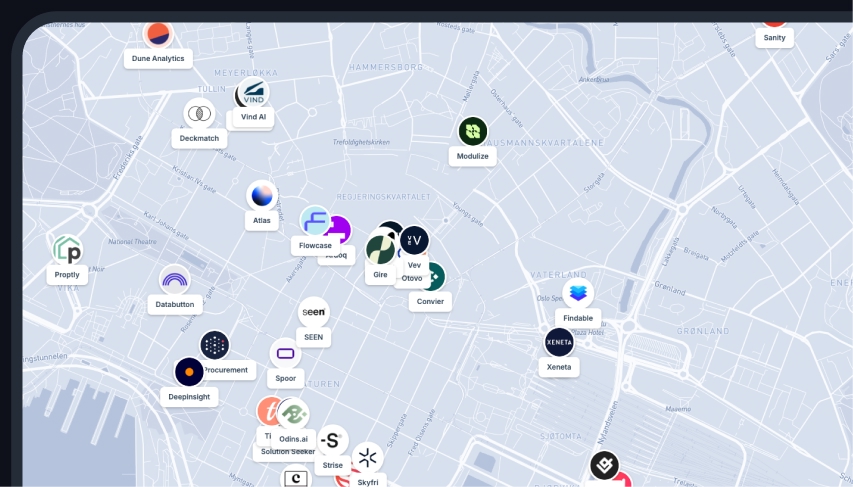Overview of the Volga River
The Volga River is the longest river in Europe, measuring about 3,530 kilometers (2,194 miles). It flows entirely within Russia, starting in the Valdai Hills northwest of Moscow and emptying into the Caspian Sea. The river has shaped Russian history for centuries and remains a crucial part of the country's economy and culture.
Where is the Volga River on the map?
The Volga River runs through central Russia, passing through major cities such as Tver, Nizhny Novgorod, Kazan, Samara, Volgograd, and Astrakhan before reaching the Caspian Sea. Along its course, the river feeds a vast network of lakes, canals, and reservoirs.
The heart of Russia
The Volga is often referred to as “Mother Volga” in Russian culture. It has played a key role in the development of Russian civilization, serving as a vital trade route for centuries. Many of Russia’s largest cities and industries depend on the river for transportation, irrigation, and power.
Major cities along the Volga
Several important Russian cities are located along the Volga, including:
- Moscow (via the Moscow Canal): The capital of Russia connects to the Volga through an extensive canal system.
- Nizhny Novgorod: A historical trade center and now a major industrial city.
- Kazan: The capital of Tatarstan, known for its unique blend of Russian and Tatar culture.
- Samara: An important aerospace and automotive manufacturing hub.
- Volgograd (formerly Stalingrad): Famous for the Battle of Stalingrad during World War II.
- Astrakhan: A key port city near the Caspian Sea, known for its fishing industry.
Economic importance of the Volga
The Volga River is a major contributor to Russia’s economy. It supports:
- Shipping and trade: The river provides an important waterway for transporting goods across Russia.
- Hydroelectric power: Several large dams and hydroelectric stations, including the Volgograd Dam, generate electricity for millions.
- Agriculture: The fertile Volga River basin supports farming, producing grains, vegetables, and fruit.
- Fishing industry: The lower Volga, near the Caspian Sea, is known for sturgeon and caviar production.
Environmental challenges
The Volga River faces significant environmental threats, including:
- Pollution: Industrial waste, agricultural runoff, and untreated sewage have affected water quality.
- Water level changes: Dam construction and climate change have led to declining water levels in some areas.
- Overfishing: Sturgeon populations, vital for caviar production, have declined due to overfishing and habitat destruction.
Conservation efforts
Russia has launched initiatives to clean up the Volga, including stricter regulations on industrial waste and efforts to restore fish populations. Environmental groups are also working to protect the river’s ecosystem and promote sustainable water use.
Work faster with spatial data
Easily import data, automate analysis and build spatial apps for the web, all within a single software.
FAQs
How long is the Volga River?
The Volga River is approximately 3,530 kilometers (2,194 miles) long.
Where does the Volga River start and end?
The Volga River begins in the Valdai Hills in western Russia and flows into the Caspian Sea.
Why is the Volga River important?
It is a major transportation route, a source of hydroelectric power, and an essential part of Russia’s economy and culture.
What cities are located along the Volga River?
Major cities along the Volga include Nizhny Novgorod, Kazan, Samara, Volgograd, and Astrakhan.
What are the main environmental threats to the Volga River?
Pollution, declining water levels, and overfishing are the biggest challenges facing the Volga today.
